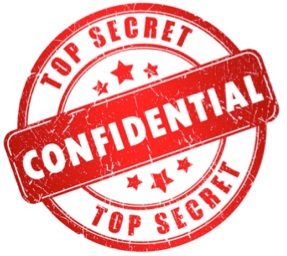
The Minnesota Court of Appeals granted a writ of prohibition in Stephen A. Lawrence, et al. v Rihm Family Companies, et al., halting the trial court’s order that a party had waived its attorney-client privilege.
In a nutshell Party A sold a business (X Co) to Party B, delivered the electronic files of X Co. A dispute arose over the sale and, in the context of the dispute, Party A realized that, in delivering X Co’s electronic files to Party B, Party A had inadvertently produced its attorney-client communications, pre-sale, between Party A, as owner of Co, and X Co’s lawyers.
The issue: since ownership of X Co went from Party A and Party B, and since the attorney-client communications were between X Co and its lawyers, didn’t Party B, as new owner of X Co, own the privilege and the ability to waive it?
The Minnesota Court of Appeals did not really answer this question because of a complicating fact in the case: The law firm not only represented X Co but also separately and jointly represented pre-sale shareholders of X Co. The law firm therefore had a joint representation. And it is fairly clearly the law, probably nationwide, that one client cannot waive the privilege of another jointly represented client.
Because the pre-sale shareholders had not been held to have waived their privileges, the Court of Appeals reversed the Hennepin County District Court’s ruling that X Co. had waived the privilege (or, put another way, that Party B, as owner of X Co., had the right to waive the privilege).
But didn’t the shareholders waive the privilege if they used X Co’s email system to confer with their (and X Co’s) lawyers? This might be a consideration on remand with the district court undertaking analysis along these lines:
